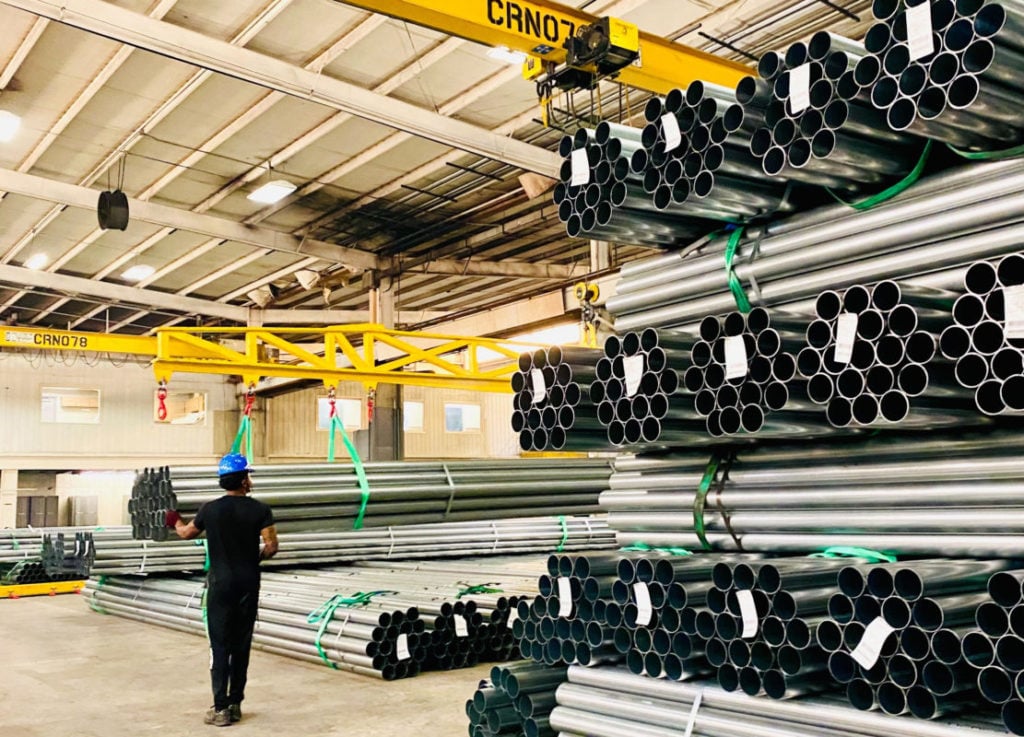
Solar tracker supplier Nextracker has reported a 19% rise in year-on-year revenues for the first quarter of its 2024 fiscal year (FY) to US$479.5 million.
In this quarter, the company recorded net income of US$63.6 million, up from US$55.9 million in the previous three-month period. Adjusted EBITDA of US$83.7 million was up from US$72.5 million on the previous quarter and up 161% YoY.
Try Premium for just $1
- Full premium access for the first month at only $1
- Converts to an annual rate after 30 days unless cancelled
- Cancel anytime during the trial period
Premium Benefits
- Expert industry analysis and interviews
- Digital access to PV Tech Power journal
- Exclusive event discounts
Or get the full Premium subscription right away
Or continue reading this article for free
The company’s fiscal year begins in April, with the first quarter ending on 30 June and corresponding to the second quarter of the calendar year.
Nextracker said that it hit a record high US$3 billion backlog of orders in the last quarter, and over the financial year to come it expects revenues of US$2.2 billion to US$2.4 billion and adjusted EBITDA between US$290 million and US$340 million.
“I am very pleased with our Q1 results against both operational and financial metrics, as we continue serving global markets,” said Dan Shugar, Nextracker founder and CEO. “Solid execution combined with sustained sales momentum produced our new record backlog of over $3 billion, along with profitability that exceeded pre-pandemic levels. From this foundation we are increasing our FY24 guidance.”
In January, Nextracker filed its initial public offering (IPO), for which it raised US$638 million at a share price of US$24.
The FY 2023, which ended in March this year, saw Nextracker more than double its YoY adjusted EBITDA, from US$92 million in 2022 to US$209 million. At the time of that earnings call, Roth Capital said that Nextracker’s results were “impressive”, given that the company had specific orders, projects and start dates assigned to almost all of its US$1 billion in orders.
In May the company opened its fourth US steel plant to manufacture steel torque tubes for its tracker systems. At the same time it announced a 3GW supply deal with US solar developer Silicon Ranch.
Demand for US-made solar array components like trackers is likely to remain high following the Inflation Reduction Act’s Domestic Content tax adders, which require solar installations to meet a 40% cost-based level of US-made content (rising to 55% in 2026) in order to gain a 10% additional tax credit.
Last year it announced a new tracker production line in Arizona, as well as a research and development centre in Brazil.






